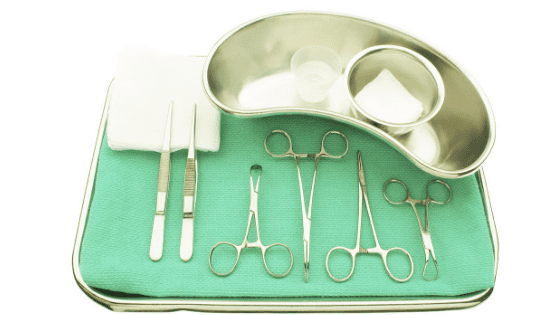There are many cosmetic procedures that help women feel a little more happy and comfortable in their skin. Breast augmentation, which helps in transferring your body fat to your chest area, is just one of the many surgical options for breast augmentation.
Fat transfer breast augmentation, or autologous fat transfer, first occurred in the 60s, but the process has been refined extensively since. If you’re curious about undergoing the procedure, here are some of the most important things to know:
Who Should Undergo Autologous Breast Augmentation?
Breast augmentation with fat transfer is open for any person who would like to transfer the fat in some parts of their body to their chest in order to increase their cup size. Women who are born with asymmetrical breasts, or those that develop asymmetry after pregnancy or cancer treatment are ideal candidates.
It’s best to speak about whether you are suitable for fat transfer breast augmentation. Your Plastic Surgeon may recommend the use of breast implants instead of transferring the fat via liposuction and transfer depending on your situation.
What Is the Process for Breast Augmentation with Fat Transfer?
The process begins with a consultation and examination by your Plastic Surgeon. If suitable for the procedure, an operation date will be scheduled. The procedure is performed under general anaesthesia, so you are completely unaware for the duration of the operation. Areas of ‘donor fat’ are marked and prepared, and the fat is removed by liposuction. It is then washed and processed until only pure, viable fat remains for grafting.
After processing of the fat, your Plastic Surgeon will make small incisions around the perimeter of the breasts. The extracted fat is injected into the breast tissues in multiple passes to gradually increase volume until the desired size is achieved. The incisions are then sutured closed. The procedure is performed as a day surgery, meaning patients can safely go home after a period in recovery.
What Are the Risks with Autologous Breast Augmentation?
Fat transfer ( Autologous Breast Augmentation) a safe procedure that has been used for decades to augment various areas of the body, however like any procedure it carries certain risks. General risks that are common to any procedure include the risks of anaesthetic, infection and scarring. Specific risks to fat grafting include contour defects after surgery to both the donor and recipient areas, and the risk of fat loss, or fat necrosis.
Recent refinements of the techniques of fat harvest and purification have helped minimise the risk of fat loss, and recent evidence suggests that on average, approximately 70% or more of the transferred fat should be retained in the breast long-term. Multiple studies have also proven that fat transfer does not increase the risk of breast cancer, even in patients that have previously had breast cancer.
What Are the Results of Breast Augmentation with Fat Transfer?
Autologous breast augmentation aims to increase the volume and improve the shape and curvature of the breasts. The areas from where fat was taken till also be decreased in size. The operation is designed to create mild to moderate changes in breast volume, but ultimately depends on your own anatomy and the Plastic Surgeon that you entrust your procedure with.
Recovery from fat transfer breast augmentation ( Autologous Breast Augmentation) estimated at one to two months. Women who undergo this surgery need to limit any physical activity for a period of 6 weeks post-operatively to optimise healing and the percentage of fat that is retained in the breast.
Conclusion
Learning more about fat transfer breast augmentation can be quite an eye-opener for interested parties. If you’re interested in improving the shape and increasing the size of your breasts without the use of implants, fat transfer may be suitable for you.
Interested in getting a fat transfer? The Lotus Institute combines superior technologies with first-class care to achieve our goal of excellence in cosmetic, plastic and laser surgery in Australia. Contact us today!






